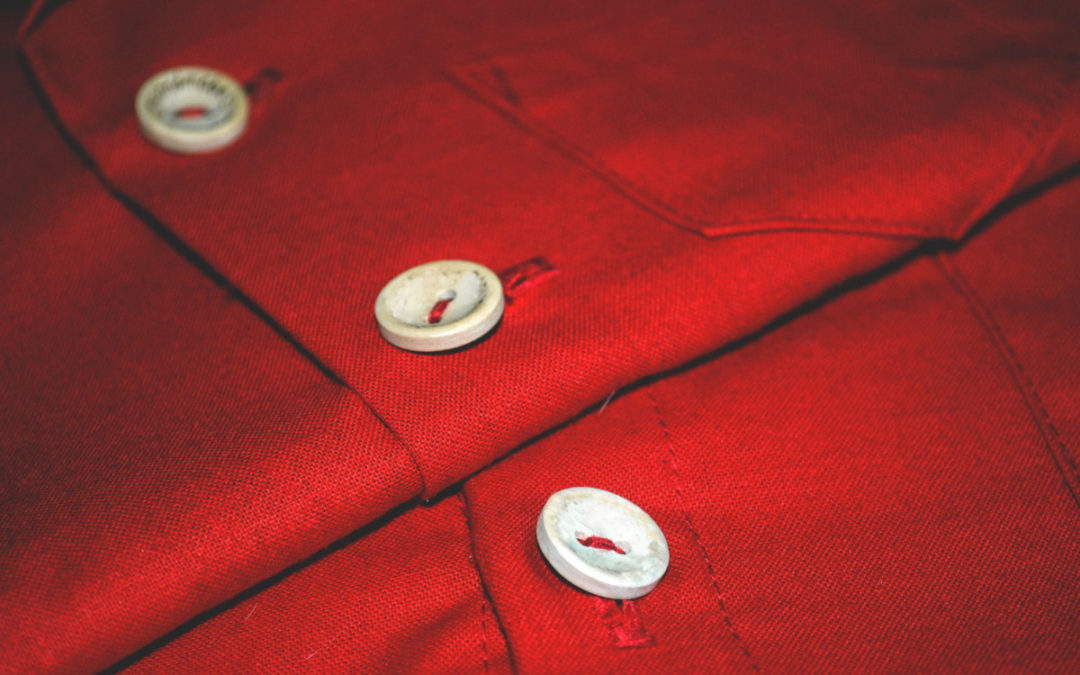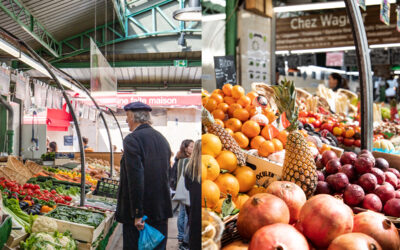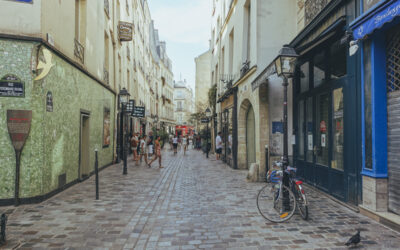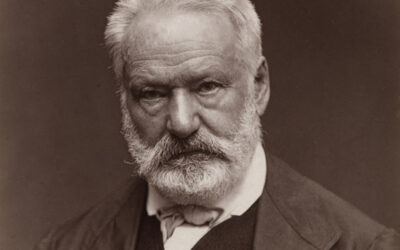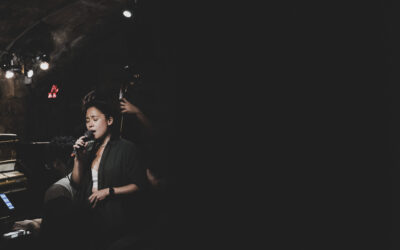The Red Children’s market, in the heart of Haut-Marais, is one of the “spots” of the district, known to both locals and tourists. Everyone flocks there, from Tuesday to Sunday, to do some “shopping” and to eat there – “street food” and “world cuisine” trends combined. But who knows the origin of this strange name, the Red Children?
It all begins in the XNUMXth century, during the Renaissance. At that time, the neighborhood was not yet developed. The streets that intersect at right angles, the private mansions that we still see today do not exist.
Instead, a few houses, gardens and plots of cultivated land are landlocked to the North-East of the capital, “stuck” between the wall which defends the city and that which surrounds the Temple enclosure. It was in this “neglected” area that in 1534 King François I and his sister Marguerite de Navarre ordered the founding of a hospice intended to take in poor children and orphans from the surrounding area.
This pious work is entrusted to religious people who take charge of those who are first called the “God-Children”, then quickly the “Red-Children” because they are adorned, upon their arrival, with a red blouse, easily identifiable (red being associated with charity). The hospital itself occupies a sort of quadrilateral roughly bounded by the current streets of Beauce, Portefoin, des Archives and de Bretagne.
Over time, unfortunately, the hospice declines. The lack of money, the transformation of the district in the XNUMXth century and the “real estate pressure” (already!) led to the fall of the institution. In the XNUMXth century, the vast majority of buildings were sold and some were demolished.
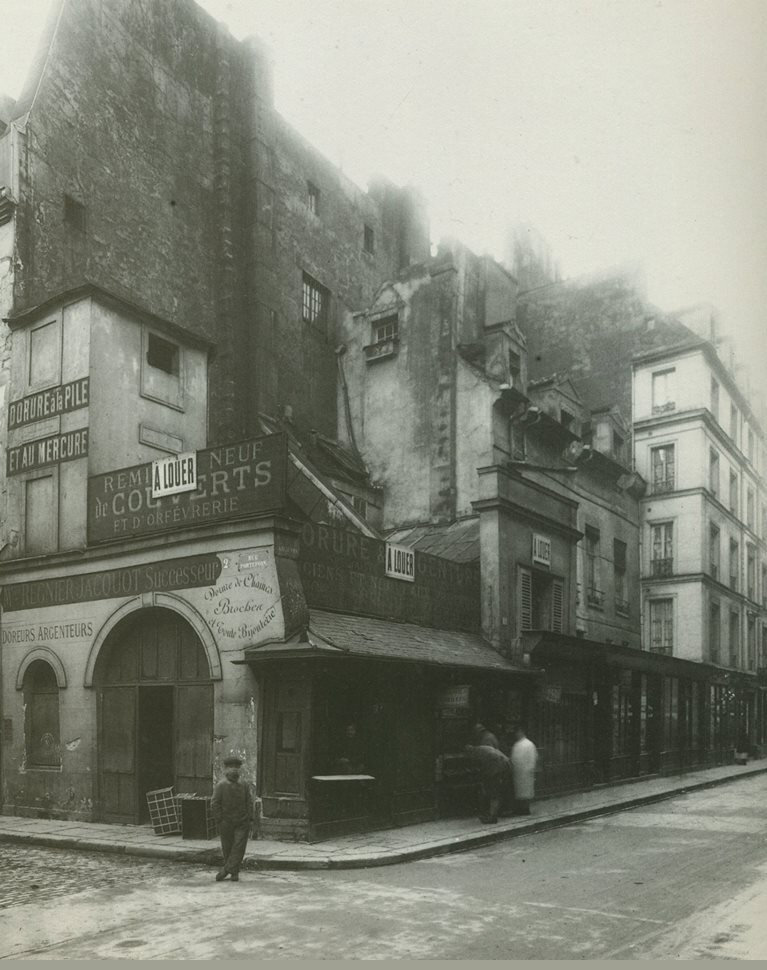
The corner of rue Portefoin (on the left) and rue des Archives, seen towards Square du Temple, in 1916
The church and some annexes, occupied by a small religious congregation, remained in place until the Revolution. In the following century, the extension of rue des Archives between rue Portefoin and rue de Bretagne precipitated the destruction of the last buildings.
However, a few rare vestiges remain of the church and its annexes, visible today at the corner Archives – Portefoin and in the courtyard of the building located at 90 rue des Archives (private property).
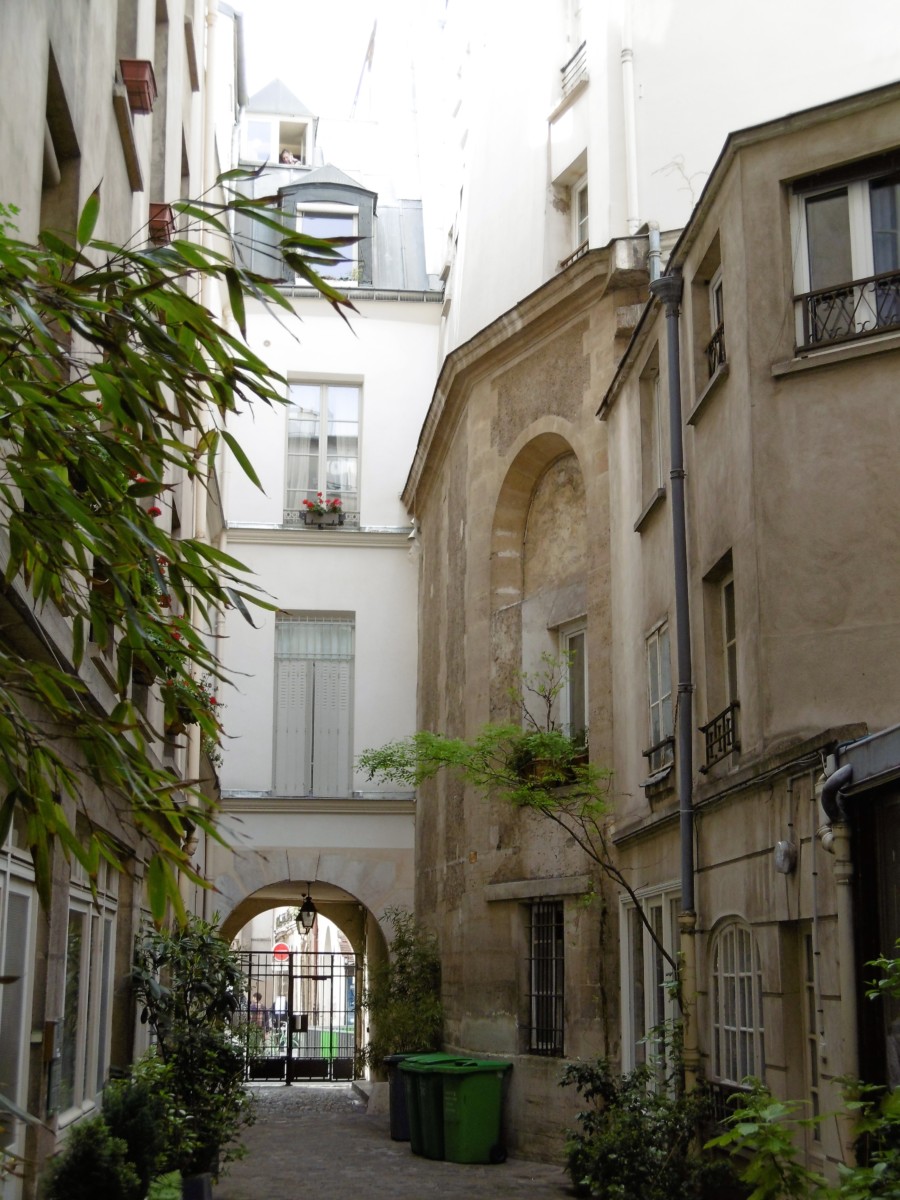
The market, for its part, built between rue de Beauce and rue Charlot, obviously takes its name, by extension, from the immediate proximity of the hospice.
This market was inaugurated in 1615, a period during which the district underwent profound changes (see our article “ The Ghost Square ): new constructions, increase in population, “aristocratization” of Haut-Marais.
First built of wood, a first hall allowed the inhabitants to be supplied with meat and various foodstuffs. Subsequently rebuilt several times “on the ground” by its successive private owners, the market was also enlarged and supplemented with shops and businesses of all kinds.
The city of Paris finally became its owner, a little before the First World War. As the years go by, the fate of the market becomes uncertain. Threatened for a time with destruction, it was finally preserved (and even completely renovated in 1), thus perpetuating, for the future, the memory of the “Enfants-Dieu” of the Marais.
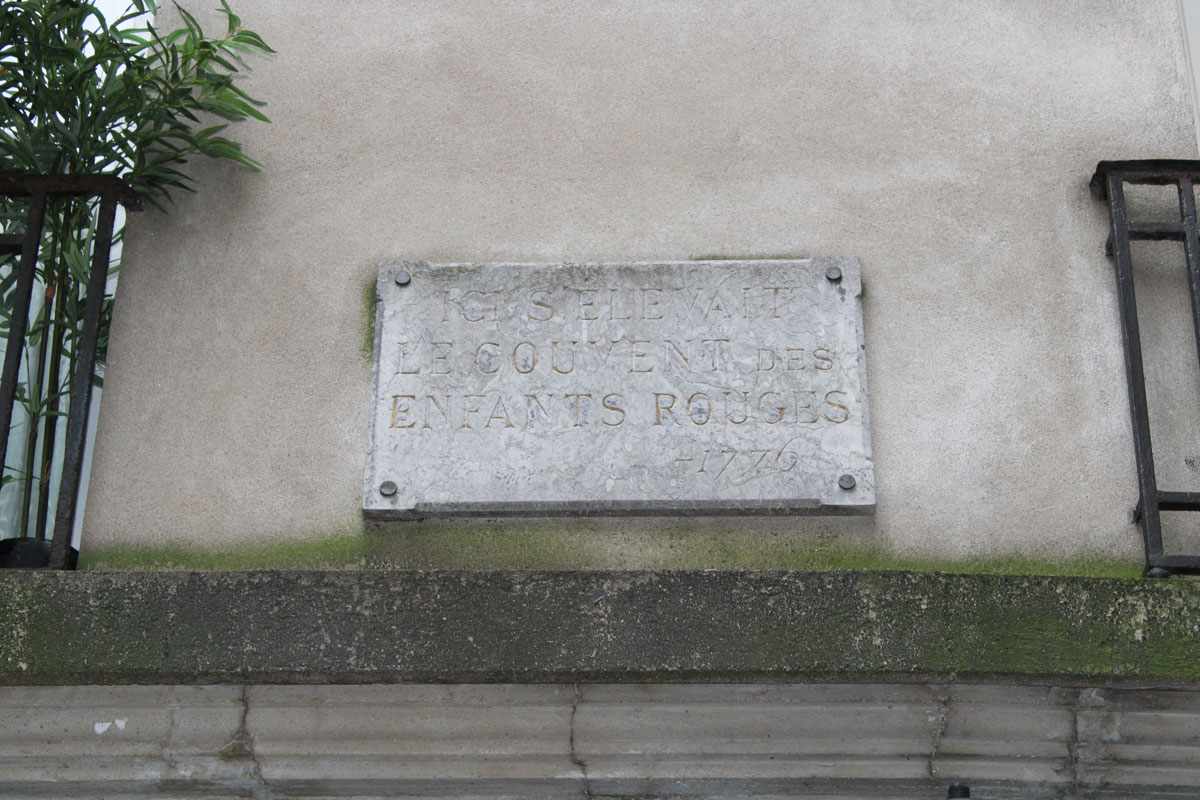
FOR PASSIONATES OFUS
The Enfants Rouges market, everyone loves it
Restaurants, merchants, a photo store, a bookstore... This is how the Red Children's Market presents itself, unique in its kind in the Marais and its capital because it is the only one to offer such a varied and varied range of restaurants. qualitative.
The Marais Jewish quarter in Paris
From the 13th century, the Marais was home to a Jewish community which remained there until its expulsion in the 14th century. Fleeing poverty and persecution, Jews from Eastern countries and those from Alsace settled there in the 19th century. Around rue des rosiers and Place Saint-Paul renamed Pletz…
Victor Hugo, the writer with a thousand talents
Born in 1802, Victor Hugo became a social writer, a playwright, a poet, a novelist and a romantic designer. Nicknamed the man-ocean then the man-century, he is a political figure and a committed intellectual. He found success with Notre-Dame-de-Paris in 1831 and with Les Misérables in 1862.
NOW ON THE MOOD MARSH
Jazz at 38Riv: The highlights of May
The only jazz club in the Marais, 38Riv is the temple of cool and swing. Rue de Rivoli, between Saint-Paul and Hôtel de Ville, its vaulted cellars are the home base of the new jazz scene. Every evening, the magic happens.
The Enfants Rouges market, everyone loves it
Restaurants, merchants, a photo store, a bookstore... This is how the Red Children's Market presents itself, unique in its kind in the Marais and its capital because it is the only one to offer such a varied and varied range of restaurants. qualitative.
The Marais Jewish quarter in Paris
From the 13th century, the Marais was home to a Jewish community which remained there until its expulsion in the 14th century. Fleeing poverty and persecution, Jews from Eastern countries and those from Alsace settled there in the 19th century. Around rue des rosiers and Place Saint-Paul renamed Pletz…

